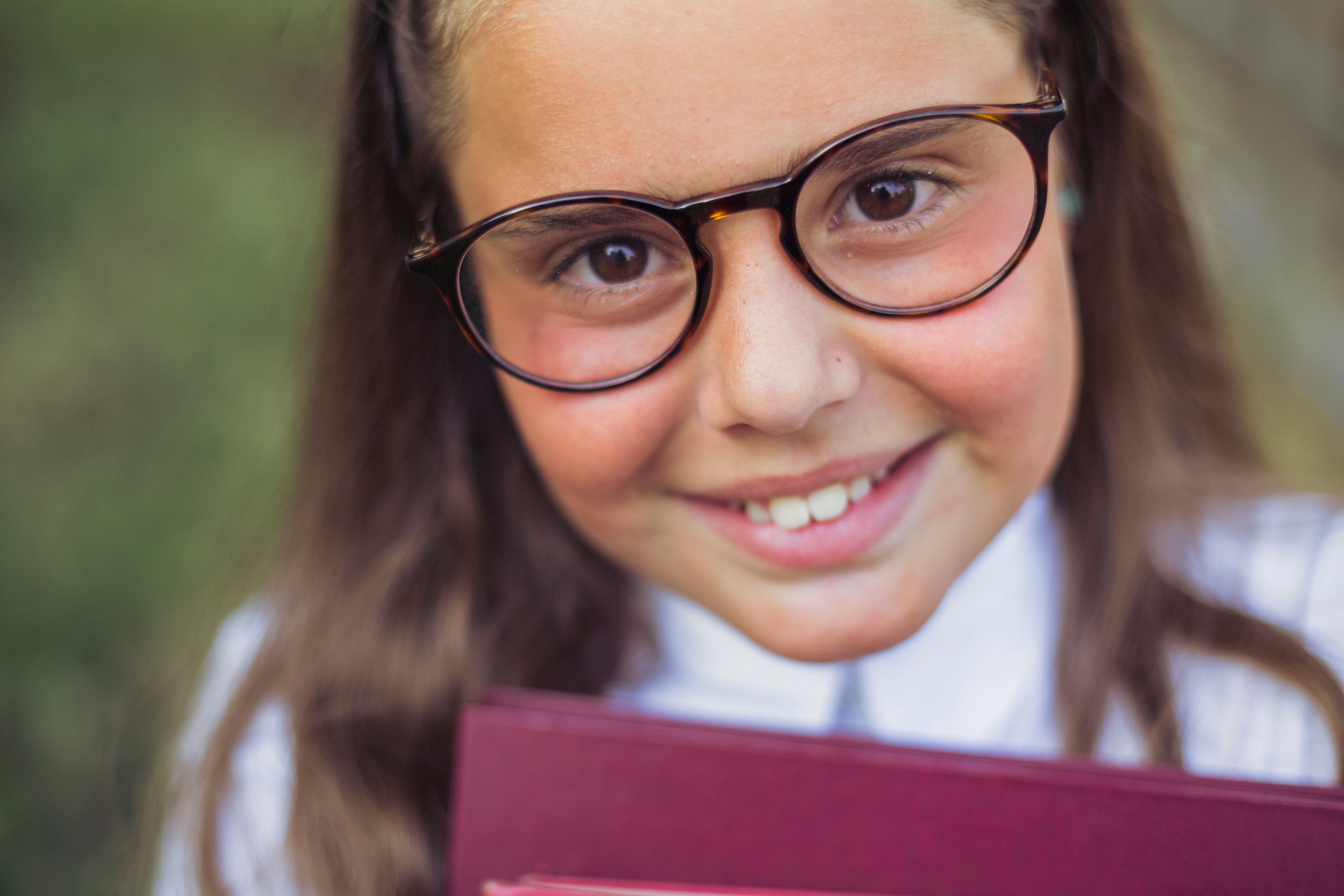Expert warns about increasing cases of Myopia among kids
And some tips on how to prevent it

Reports have shown that cases of myopia, or nearsightedness—an eye condition where close-up objects look clear but distant objects become blurry—are continuously increasing, especially in Asia-Pacific countries and specifically among children. To shed light on this concerning situation, Manila Bulletin Lifestyle talked to ophthalmologist Dr. Solana Cua from George Optical.
According to her, myopia is becoming the leading cause of permanent blindness worldwide, impacting the quality of life for many people. “The prevalence of myopia has been rapidly increasing, it is expected to hit 50 percent of the world’s population by 2050,” she said. “Myopia, especially high myopia, is potentially sight threatening due to its associated complications like cataracts, myopic maculopathy, retinal detachments, and glaucoma.”
She also said that several factors could cause myopia, such as having myopic parents or certain everyday lifestyle habits, and that children are more susceptible to this condition.
“Studies have shown that those with two myopic parents are five to six times more likely to develop myopia compared to those with only a single myopic parent or none at all,” she said. “Increased near work and close reading distances have also been shown to increase the progression of Myopia whilst increased time outdoors has been shown to reduce the onset of Myopia. Younger kids would also be more at risk than their older counterparts as their eyes are still growing and developing.”
The good thing is, with early detection and proper care, the progression of Myopia can be slowed down. According to Dr. Solana, the first step is to get a regular eye checkup at least twice a year for children and once for adults. She then gave tips for parents on how they can help their children.
“Something you can start off is to get your little one to do at least two hours of outdoor activity every day,” she said. “Limit the amount of near work done. Get them to have a good working distance of more than 30-40 cm and no more than 45 minutes of reading in one sitting. The best is to use the 20-20-20 rule: Every 20 minutes look up for 20 seconds at a distance of 20 feet away.”
Meanwhile, she said that George Optical developed a myopia management program for the kids, wherein, the doctors check the kid’s eye health and prescribe treatments based on the assessment.
“Some of the treatments are the Zeiss MyoVision Pro or Zeiss MyoKids. These are specially made spectacles for kids to help slow down the increase in their shortsightedness. Then there's the Edof Seed 1-day: soft contact lenses designed like a multifocal lens that have been shown to slow myopic progression by 50-60 percent,” she shared. “Lastly is Orthokeratology: rigid gas permeable contact lenses that are worn overnight to reshape the cornea so your child will be glasses-free and contact lens-free the next day. This has been shown to be 60 to 80 percent effective in myopia management.”
Dr. Solana reiterated the importance of eye checkups for people of all ages. “Prevention is key and that is why it is very important to get your eyes tested so any risk factors or signs of myopia can be picked up and addressed as soon as possible,” she said. “We do not want to wait until it is too late.”